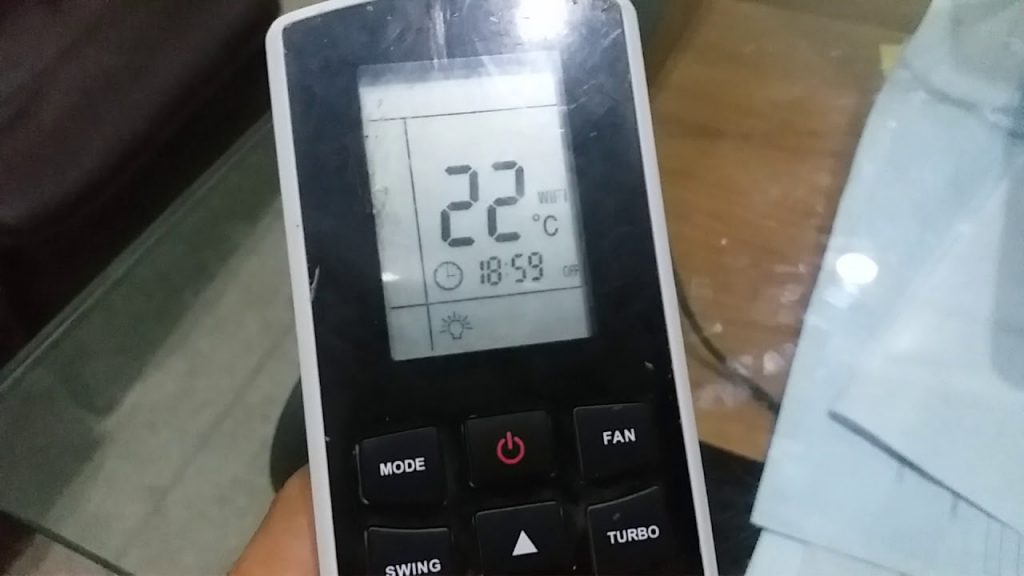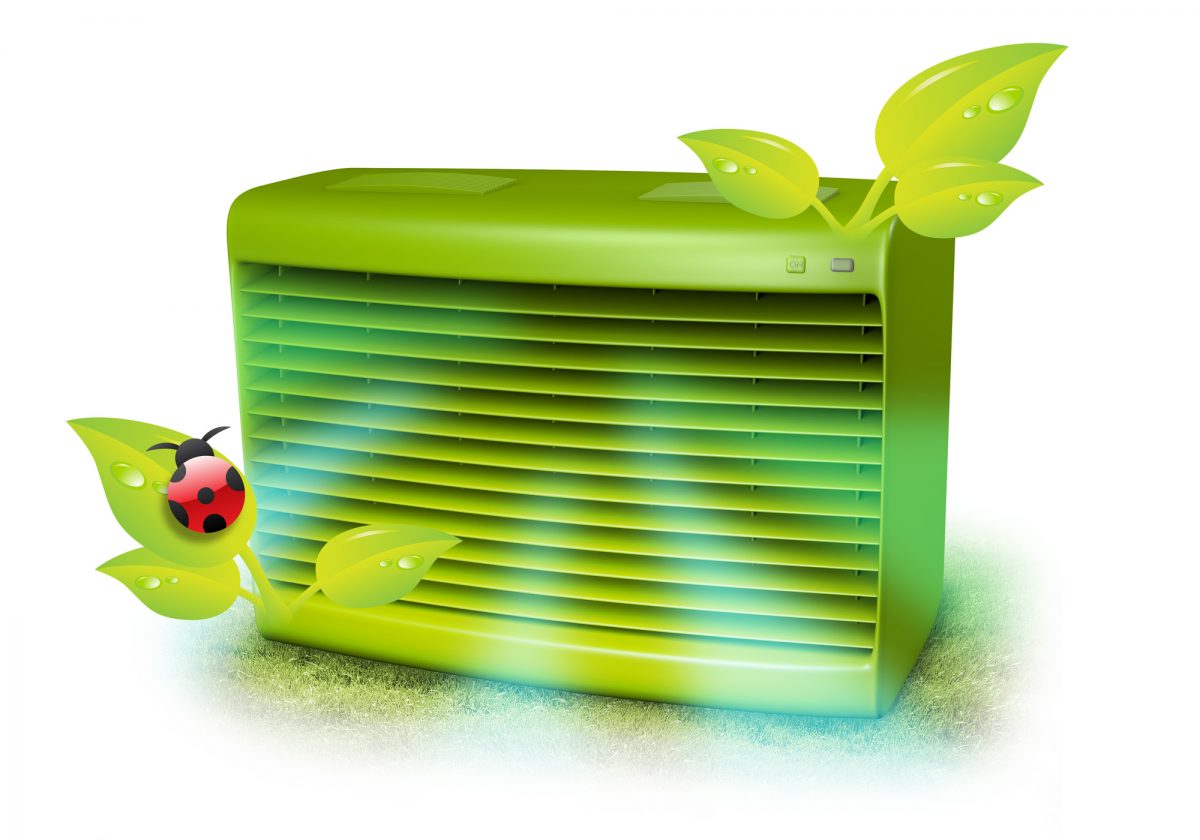During the hot summers, almost everyone turns to the cooling comfort provided by air conditioning. But what many people don’t realize – or chose to overlook – is the environmental harm air conditioning brings with it.
Most air conditioners in homes (and businesses) are run from fossil fuels like coal. Not only do the fossil fuels release carbon emissions, but energy is also lost in generating and transmitting electric power.
So, what does this mean for the environment? Studies have shown that the demands for ACs in warmer climates can lead to a spike of about 50% in energy consumption within the next 30 years, which will give climate change a very unwelcome boost.
That’s not to say that we should all be sweating in discomfort all summer long, but we need to be more conservative with air conditioning.
Eco-friendly air conditioning is becoming more widespread as air conditioner manufacturers phase out ozone-depleting refrigerants in their products in order to meet new government regulations. Several recent technological innovations are also helping to make AC units greener.
Consumers should be researching for the most energy efficient and the up-and-coming models that may be a worthy investment. Whether by purchasing units with energy-saving technologies or by improving a home’s energy efficiency, here are seven ways to make air conditioners more eco-friendly.
1. Size Matters
An undersized air conditioner not only won’t keep the home cool but will keep trying, wasting electricity and running up the household’s energy bills. A too-small unit won’t be able to balance the air cooled in the unit’s condenser with the humid, expended air that the evaporator draws out from the home.

2. Two-Stage Compressors
It’s the compressors of an air conditioning unit that typically uses the most electricity. Compressors have to work hard to squeeze out the heated vapors so that the refrigerant returns to its cooled state. Two-stage compressors automatically compress less on cool days and more when it’s hot, saving energy.
3. Customized Matched Systems
Some eco-friendly air conditioners achieve optimum energy efficiency by using one source of energy for cooling and another for heating. Customizing each component of the system, from the thermostat to the indoors coils, creates systems based on a home’s individual heating and cooling needs.
4. Geothermal Heat Pumps
Geothermal heat pumps use the earth as a heat sink, capitalizing on the natural flow of heat from a warm area to a cool one. They can be up to 40 percent more efficient at cooling a home than conventional air conditioners. While pricey to install, geothermal heat pumps recoup their upfront costs through savings on monthly energy bills.

5. Programmable Thermostats
Installing a programmable thermostat is one of the most affordable ways to green up an air conditioning system. Homeowners can program the thermostat to remain off when no one is at home and to automatically turn on and cool the home for the household’s return.
6. Regular Maintenance
HVAC professionals should inspect and service air conditioning units at least once each year. Maintenance includes testing refrigerant pressure, accessing the unit’s air flow and checking for leaks. HVAC specialist may also recommend modifications to increase the system’s energy efficiency.
7. Replacing Air Conditioners
Over 89 million heating and cooling systems in the United States were installed more than ten years ago. These systems operate well below the environmental and energy efficiency standards that are in place today. Sometimes the best option is to replace existing units with green air conditioners.
We hope this article has proven informative and given you a starting point for your efforts in beating the summer heat without depleting the planet’s resources. Leave us a comment below and tell us what you would like us to cover next time.

